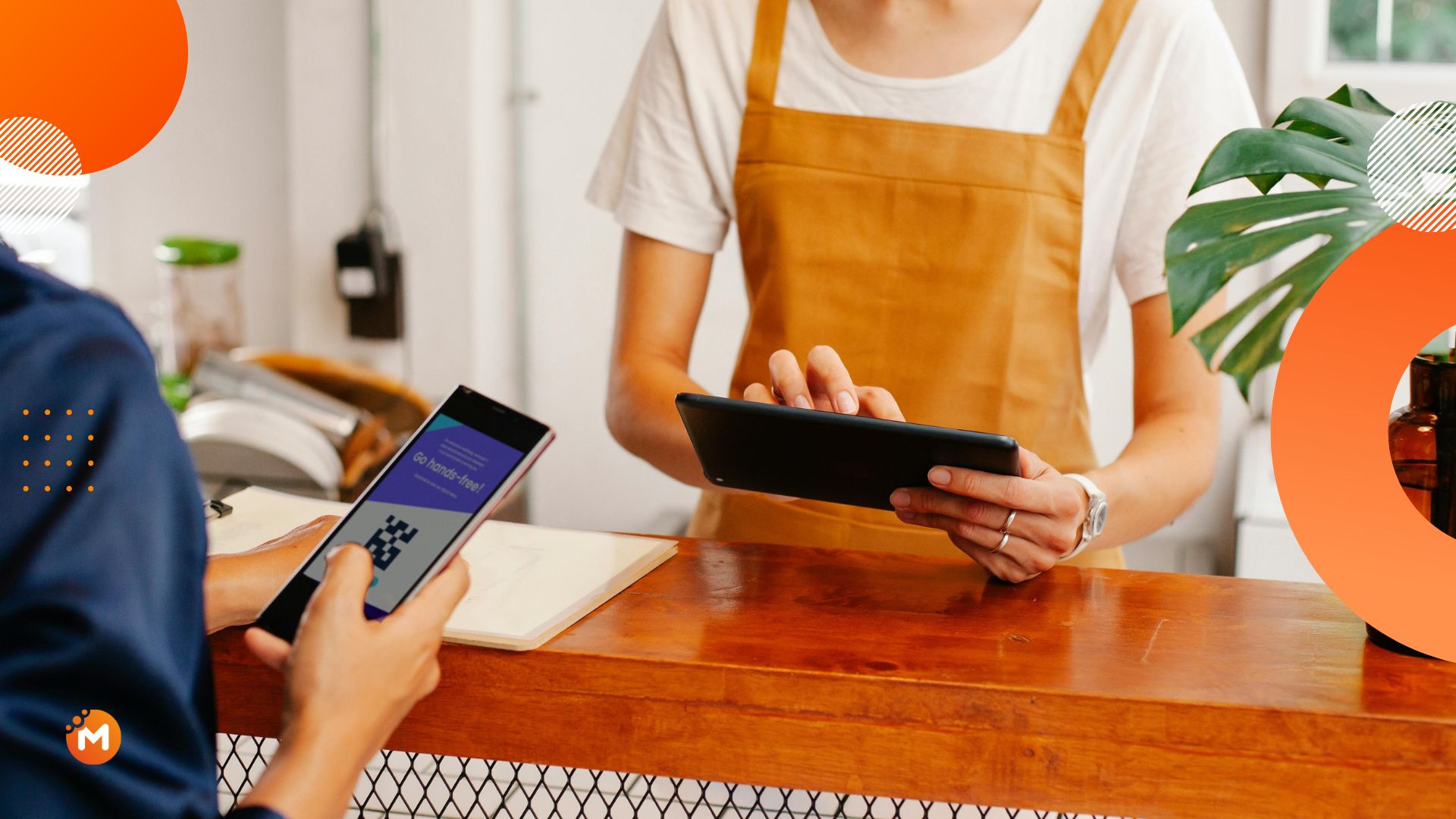Customer Experience and Millennials—the sought-after breed of shopper who holds the spending power of the future. As retailers, we know and love them; we want them to love us, too. The great news is that 82% of millennials still prefer shopping in brick-and-mortar stores, according to Trendsource’s recent report. So we must be doing something right.
But to really capture and engage that market, we cannot ignore eCommerce’s colossal impact on their in-store purchasing decisions. We cannot simply look at these new stats, stand back, and rub our hands in glee.
Instead, we must ask how online shopping affects millennials’ in-store shopping experience. And how can we adapt to enhance this?

Don’t let your shoppers know more than you.
This is the single biggest learning to understand. In an age of knowledge-on-demand, the overwhelming odds are that your customer has already researched before stepping foot in your store.
Millennials have looked at your website and social channels, read reviews, and researched pricing and competitors. They know what’s trending and what they intend to spend their hard-earned cash on.
After looking online, millennials choose to visit your store for the experience and immediate gratification. That experience is directly affected by the knowledge and training of your store associates.
But- you can’t risk your shoppers having more product knowledge than your store associates. This is particularly pertinent in sectors such as electronics and home improvements. Which brings us on to our next point:
Customer experience: creating the best shopping experience.
Did you know that only 34% of shoppers desire advice or assistance from associates in fashion, compared to 62% in household goods and 70% in electronics?
There is no one-size-fits-all approach to customer interaction in retail.
Equipped with a wealth of research and information, the millennial shopper now only requires advice from your store associates in specific departments and situations. Your associates need to be trained on this and learn when to approach your shoppers and when to hold back, as too much or too little interaction will negatively affect the shopping experience.
Indeed, shoppers who require your assistance in-store are likely to do so because of their drive for immediate assistance.
Where am I? How immediacy drives sales.
The single biggest driver of Millennials to in-store shopping is immediate gratification. That is, they can find, try and buy what they are looking for as seamlessly as possible without waiting for poorly informed staff or online delivery times.
This drives 88% of shoppers to go in-store for household goods, 85% to electronics, and 83% to fashion.
Your associates need to know your store inside out and backwards. They need to be able to track down products and availability quickly to give your shoppers the best experience possible. Alongside product and department knowledge, this must be essential to your onboarding and training.
Building a customer experience.
82% of shoppers prefer in-store because of your overall brand experience. This will always be the brick-and-mortar store’s secret weapon against eCommerce. The importance of this brand experience is increasingly being recognised as eCommerce giants such as Amazon have started to launch physical stores.
(I’ll discuss A very exciting development in a future article).
Knowledge is central to this brand experience. Millennials are more excited about your brand and product offering than ever before, and your store associates need to be, too.
But product knowledge isn’t enough. Your associates need to be trained to behave and interact with your shoppers. They need to know your floor space and stock availability. And they need to know your brand values and everything that you represent.
Your employees are the walking, breathing representations of your brand. They are the last barrier between your customers and their increasing spending power. And ultimately, their knowledge and training will keep millennials returning for more.






